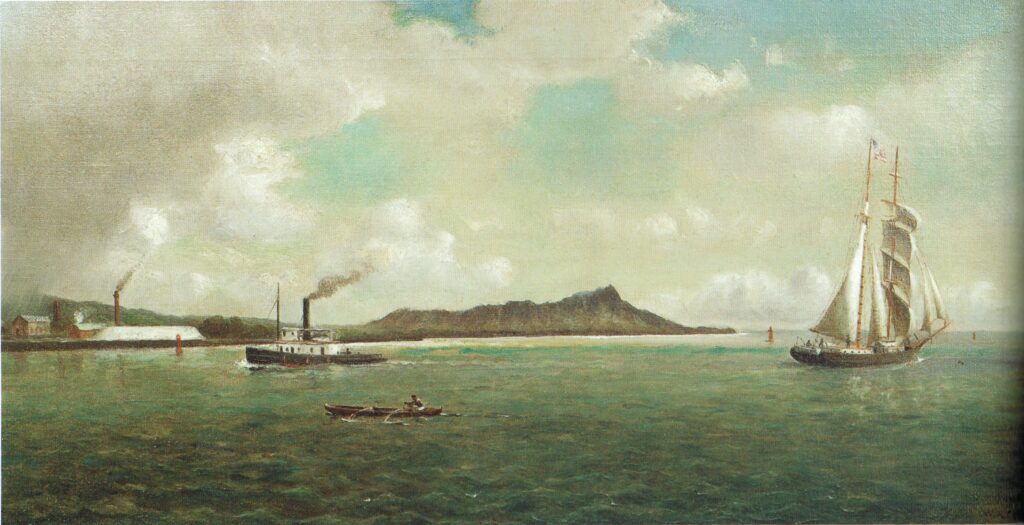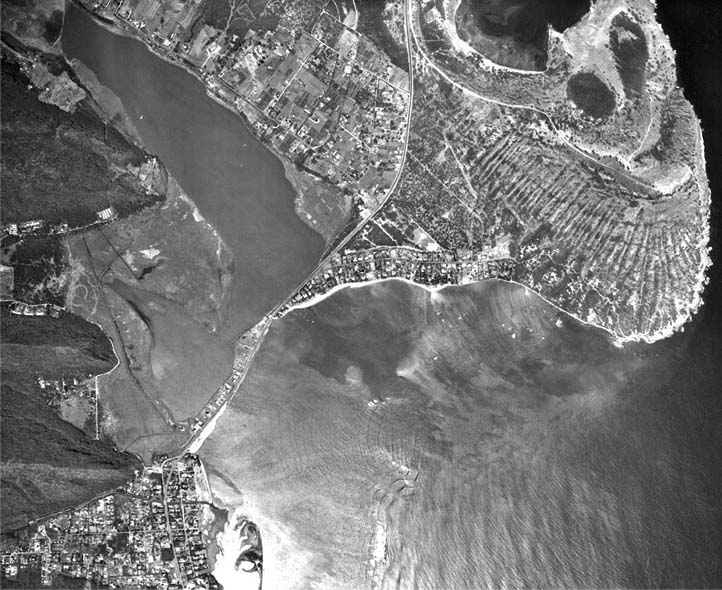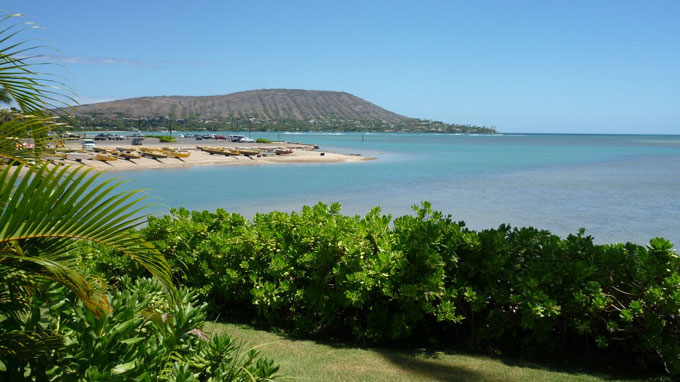Bison had survived for 2 million years until humans arrived. In the 1500s, an estimated 30-60 million of these shaggy brown beasts roamed widely across the interior of Canada, the United States, and far Northern Mexico. (BBC, Ogden)
Scientists and historians estimate that there were at least 30 million bison roaming the country before Euro-American settlement of the West. (NPS, McAfee)
Then, Buffalo Started to Disappear
The 1849 discovery of gold in California initiated a relentless stream of prospectors and other settlers through the Platte River Valley. Heavy subsistence hunting along the trail divided the existing bison herd into separate Southern and Northern herds. (PERC)
In just a few short years, cattle replaced the American bison as the leading, cloven-hoofed, grass-eating mammal on the Great Plains. In 1850, millions of bison ranged the grasslands and were the main natural resource for the region’s American Indians.
By 1850, subsistence hunting and habitat destruction had removed all of the bison east of the Mississippi, leaving perhaps 15 million on the Great Plains. (PERC)
“Buffaloes travel in a straight line. When they were moving and encountered a herd of Texas cattle they invariably bored right through the herd, turning neither to right nor left. It was just the same if but one or a dozen buffaloes were on the move – they walked straight through.” (James H. Cook as told to Eli S. Ricker, May 23, 1907)
In 1868, the steel rails of the transcontinental railroad created a barrier that bison did not like to cross. (Nebraska Studies) Construction of the Union Pacific through the valley made the division of the herd permanent, as the wary bison simply evacuated the railroad corridor. (PERC)
Prior to 1870, hunting pressure on bison west of the Mississippi was modest. Plains Indians effectively managed bison herds as common property, engaging in subsistence hunting and in harvesting the vaunted “buffalo robe” (used for carriage throws and heavy fur coats) for sale to eastern markets.
Though the robes were valuable, they could be harvested only in the winter and only from bison living in high northern latitudes—an arduous and risky undertaking at best. Hence, the western bison continued to thrive. (PERC)
Then in 1870, a process was developed that so bison hides could be commercially tanned into soft, flexible leather. This happened at the same time there was a high demand for leather to make the belts that powered machines in the Industrial Revolution.
There were huge markets in England, France, and Germany. Bison hunters poured onto the Great Plains. (Nebraska Studies)
Bison hides from which the hair had been removed (called flint hides) were superb for making the soles of boots and industrial belts. European armies and factories were a huge market, and within months of the tanning innovation, orders for bison hides poured into America. (PERC)
Most people tend to think the hides were valued because they made fine robes or coats. But that wasn’t really the case. During the 1870s, industrial growth skyrocketed in the US and Europe, and demand for leather industrial belts expanded.
Cowhide tended to stretch and factory workers would have to occasionally stop production to tighten belts by cutting out sections.
The epidermal layer in buffalo hide is up to three times thicker than that of cattle and has wider spaced sub-dermal collagen fibers making it more durable and flexible, and better suited for use in industrial conveyor and drive belts. (Bell, Dodge City Daily Globe)
The price that hunters received for a flint hide jumped from $0 in 1870 to about $2.80 in 1871, and stayed in the range of roughly $2.30 – $2.80 for the next 15 years.
A good hunter could bring several thousand hides to market in a season, but could expect pay of only about $50 per month as a ranch hand. It is little surprise then, that many hundreds of men quickly entered the business of hunting bison. (PERC)
“Commercial hunting by North American aboriginals and Euroamericans for meat and hides was the primary cause of the decline. Other contributing factors included subsistence hunting, indiscriminate slaughter for sport, and transection of the plains by railroads.” (Isenberg)
“Environmental factors such as regional drought, introduced bovine diseases, and competition from domestic livestock and domestic and wild horses also played a role.”
“Additionally, because bison provided sustenance for North American aboriginals and commodities for their barter economy, the elimination of bison was viewed by Euroamericans as an efficient method to force the aboriginal population onto reserves and allow for continued western development.” (Isenberg)
In the Islands at this Time – ‘A City in a Grove’
“When the whalers began to frequent (Honolulu Harbor) place in numbers, a town soon sprung up, and by the year 1820, Honolulu contained some six or seven thousand inhabitants. To-day its population is reckoned at 17,000, a larger number than the capital of the important British Colony of New Zealand could recently boast.”
“The First view of Honolulu, on approaching it from the sea, has been variously described by visitors, some of whom have expressed great disappointment, whilst others have gone into raptures over the scene.
“Unless, however, from exaggerated descriptions the traveler has been led to expect something extremely wonderful and unusual, I do not understand how anyone can fail to be charmed with the view of Honolulu and its surrounding scenery as seen from the deck of an approaching vessel, especially after many days’ confinement on shipboard, with nothing but the waste of waters around him.”
“It is true that the hills of Oahu have not the same luxurious clothing of vegetation that is common in many of the island groups of the Southern Pacific. It is true also that the town has no characteristic buildings of a striking nature to arrest attention.”
“Nevertheless, Honolulu is a prettier place to look at from the sea than nineteen out of twenty port tropics or elsewhere. It has rightly been called ‘a city in a grove.’”
Click the following link for more on Bison and the Islands at the time:
https://imagesofoldhawaii.com/wp-content/uploads/Bison.pdf







































































